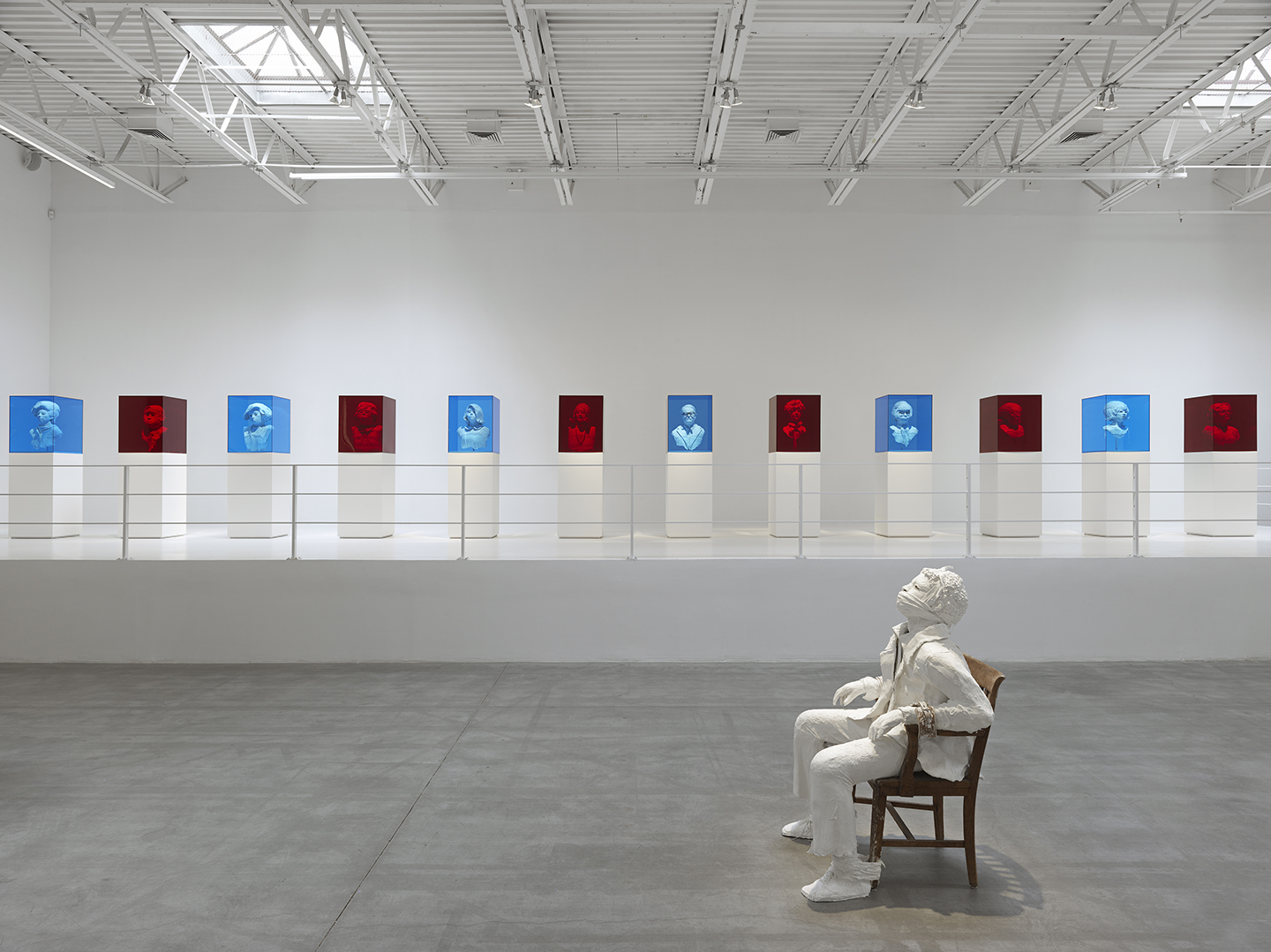

For this reason, the use of a bargain and sale deed is most often coupled with the buyers’ separate purchase of a title insurance policy which does warrant good title. Since a bargain and sale deed does not warrant good title from the grantor, the grantee could be in trouble if title defects appear at a later date. This form of deed implies that the grantor holds title to the property, but the deed does not warrant against any encumbrances.
#GOODDEED NYC FREE#
The grantor of the deed only guarantees that the grantor has a title, and does not guarantee that the title is free of defects. The recipient of a bargain and sale deed is acquiring real property without knowing if there are any encumbrances on it unless stated in the deed. New York City, surrounding suburbs, and Long Island). This form of deed is most commonly used in downstate real estate transactions (i.e. In New York, the instrument conveying title, the deed, can take a number of different forms, but the following describes the most common deed forms in New York State.īargain and Sale Deed.

Anyone can go to the local recorder’s office and view a copy of the most current deed for a property as well as all of the prior deeds for a particular property. Words used to effectuate the conveyance of property may be grant, assign, convey or warrant, but they basically all do the same thing, they transfer the interest of the person or entity selling the property to the person or entity buying the property.ĭeeds are recorded at the county or city recorder’s office and become a matter of public record putting the world on notice of the ownership of any particular parcel of real property. It’s called warehousing.Real estate deeds are legal instruments that are used to transfer ownership of real property including the land and its improvements (such as a house or buildings) and attachments. “Whoever is responsible for is doing a disservice to the community. “Rental units at these rents, as the result of skyrocketing property values, are desperately needed, and ought be put to use,” said Brad Lander, executive director of the Fifth Avenue Committee, who sent off a barrage of letters last week to state and local officials to move the project along. But the other half have been held up by negotiations over legal, financial and regulatory fine print between the city housing agency, OMH and the State Dormitory Authority, which oversees such facilities.Īnd until that deal is done, the apartments stay empty. The 10 units reserved for formerly homeless tenants have been rented out for at least three years, says Institute for Community Living executive vice president Harvey Lieberman. Rents will be fixed at $686 for a one-bedroom apartment and $772 for a two-bedroom-well below the trendy Slope’s market rate. Local residents will apply to live in the 20-apartment building through a lottery run by the Fifth Avenue Committee, a local community development group. Since half the building was earmarked for affordable housing, the city housing department would kick in about a third of the purchase price afterward, according to Lazar. OMH would pay the $1.7 million price tag up front. Right now we’re entangled in lawyers trying to work out the details, but it is moving along.”Īs written, the arrangement has the Institute for Community Living, which runs supportive housing for the formerly homeless, take over the property. “It’s a good idea, but unfortunately, there are time constraints, and people learning new tricks. “The reason this thing is taking so long is that we are trying to be new and innovative, and we’re doing something that’s never been done before,” explained Joseph Lazar, director of the New York City field office of OMH. The state Office of Mental Health (OMH) would buy the failed luxury co-op and divide the apartments equally between moderate-income Park Slopers and formerly homeless tenants.īut three years later, the deal still hasn’t been closed, leaving 10 cheap apartments vacant on 1st Street between 4th and 5th avenues, the middle of a neighborhood with a serious real estate crunch. In 1996, the city, state, Park Slope community board, borough president’s office and advocates for the mentally ill all agreed on the fate of a building foreclosed by the Greater New York Savings Bank in the early 1990s. It was that rare thing: a compromise that made everyone happy.


 0 kommentar(er)
0 kommentar(er)
